

Let’s be honest, travel can be a bit self-serving. We often go do the things and see the sights without thinking about the impact that our visit has on the destination itself and the people there. As we become more aware of our impact on the environment and local communities, sustainable tourism has become a priority. But regenerative travel goes a step further, focusing on leaving a positive impact on the destinations we visit. Let’s explore what regenerative travel means and how you can incorporate it to change the way you travel and see the world!
This is a guest post written by Phoenyx Powell from Phoenyx Rises. Six years ago, Phoenyx suffered a near-fatal accident that taught her the importance of taking advantage of every moment. On her blog, she conveys the idea that, when done with purpose and intent, travel may transform both the traveler and the destination.
Regenerative travel is a concept that focuses not only on minimizing our negative impact but also on actively contributing to the regeneration of the environment and local communities. Unlike sustainable travel, regenerative travel emphasizes exciting, positive action to help restore the environment and support the local population.
In this way, regenerative travel seeks to leave a positive impact on the places we visit and involves making conscious travel decisions that contribute to the places we visit in a meaningful way. The New York Times explains it as, “regenerative tourism addresses impacts holistically, from destination and community perspectives as well as environmental” (Glusac, 2020)
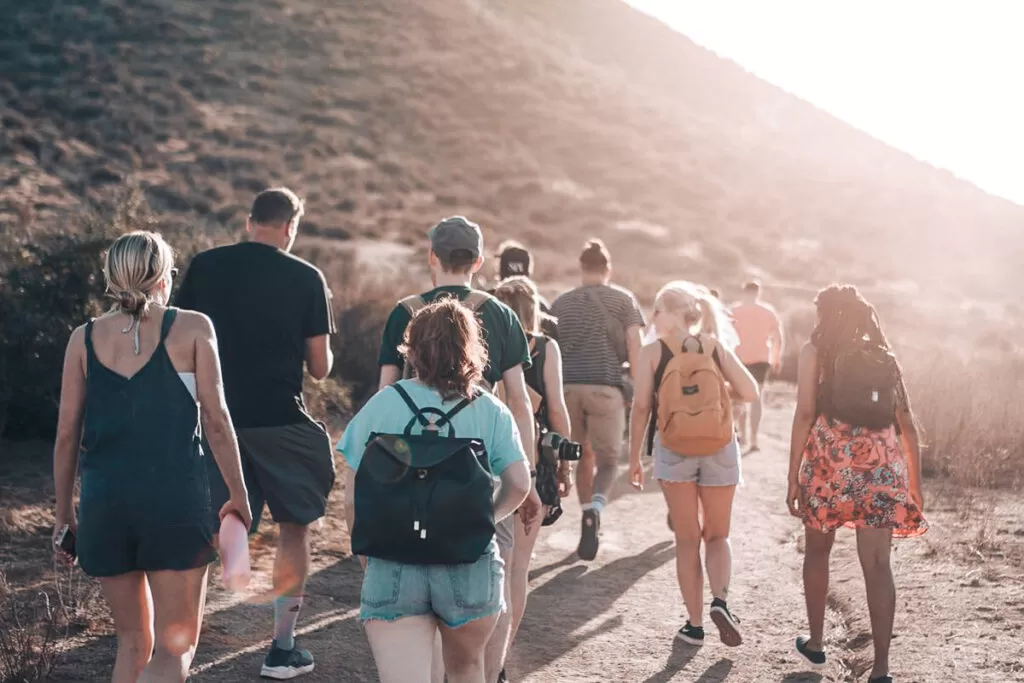
Selecting responsible tour operators is a crucial step in your journey to becoming a regenerative traveler. By choosing a tour company that prioritizes sustainability and social responsibility, you become an active participant in protecting the environment, promoting cultural heritage, and supporting local communities.
But fear not! Thousands of responsible tour operators are ready to take you on a transformative journey that leaves positive impacts for generations to come. You can find them by checking their website for “eco-friendly” or “sustainable tourism” policies, looking for accreditations or affiliations with green organizations, or by reading reviews from other regenerative travelers.
With these tour operators, you’ll not only soak up the beauty of the natural world but also engage with local people, enjoy authentic cuisine, and immerse yourself in diverse cultural experiences.

One such example is the booking agency Regenerative Travel which has exclusive member hotels based on the very idea of regenerative travel. The hotels are designed with the essence of the place they are located in from the food to design to activities to amenities.
Hotels and resorts that are members of Regenerative Travel have been vetted based on carbon usage, employee well-being, immersive guest activities, and sourcing local food.

From hand-woven textiles to handmade pottery, these unique and authentic souvenirs not only support the livelihood of the artisans themselves but also preserve the cultural heritage of the region. Purchasing locally-made products also reduces the carbon emissions that come with importing goods from overseas.
So, instead of buying mass-produced tourist trinkets like the classic dashboard hula girl, opt for one-of-a-kind treasures that tell a story and leave a positive impact on the community.
Another great way to support the locals while treating your inner foodie is to dine on the local cuisine with locally-owned restaurants, street food, or the local farmer’s market.
One of my favorite things to do in Hawaii was to stock up on produce at the local produce stands in North Shore to snack on all week. I would buy fruits I couldn’t normally get in North Carolina like sprouted coconuts, Hawaiian crown apple bananas, and fresh banana bread with the taste of the islands baked in.
The next stop would be a lunch of savory garlic shrimp with coconut rice at one of the famous shrimp trucks like Giovanni’s or Fumi’s Kahuku Shrimp. Last but not least, end the hot day by indulging in Hawaiian shaved ice at Matsumoto’s Shave Ice with their soft snow-like shaved ice and locally sourced flavors.

An example of a difference in culture is the Japanese belief of “mentsu” or “face” which can be given, saved, and lost. The concept in its most simplistic terms is an individual’s social image and how well that person fulfills the role expected by others.
The focus lies in how a person treats others more than about the self which makes sense since Japan is a community-centered society which relies on collectiveness.
Westerners have a much more individualistic-centered society where independence and self-reliance are values. Our version of “saving face” is much more about pride and ego of the self rather than outwardly-focused.
With “face” being at the center of Japanese culture, communication needs to happen in a way that avoids offense. The valued straightforwardness or “saying it like it is” of the West would be highly offensive if the individual were to disagree with someone in the Japanese culture because it signifies incompetence or causes embarrassment.
Researching the language, customs, and cultures of a destination beforehand so you can prepare you for your trip. The way you dress, eat, communicate, and show affection in public can vary country to country; so, make sure to respect the people and the customs of the destination.

Not only does reducing plastic usage save the environment, but it also saves your wallet. Bringing a refillable water bottle to hydrate and reusable canvas bags when you shop.
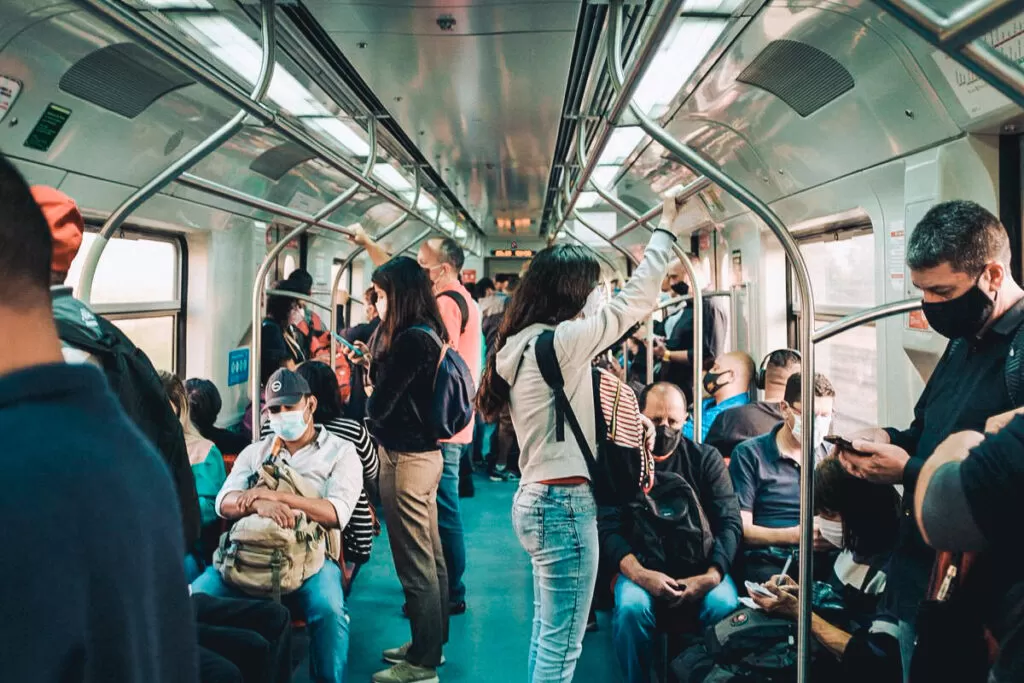
While navigating a new country can be daunting, using public transportation can often simplify the process while reducing your carbon footprint. Many destinations like New York City, New York and Tokyo, Japan have unrivaled public transport that is often much easier and less costly than private transport.
If public transport isn’t an option, my family likes to utilize electric or hybrid vehicles. Using electric or hybrid vehicles allows us to explore our destination on our own time while leaving a clean conscience about the environment. It doesn’t hurt that it saves money on gas too!

When you give back to the community, you become part of the bigger picture in restoring the environment and supporting the people. So why not make a difference while on vacation?
Participating in these activities can be a fun and rewarding experience! Imagine learning how to farm from local farmers, supporting the production of traditional crafts, and volunteering at a school. This will not only help the destination but can also inspire inner growth and transformation.
Conserving and protecting the destination’s natural environment doesn’t always mean donating monetarily. It could also mean educating yourself and sharing that knowledge with others.

Humans have the innate desire to interact with and become closer to nature and wildlife scientifically termed the biophilia hypothesis. It can become problematic when that desire hurts the wildlife.
Observing animals and wildlife in their own habitat is much better than an interactive experience like elephant riding or swimming with dolphins. Usually, when an animal is in these circumstances, they have to act in a way that isn’t natural or in its best interest which causes harm to the animal.
Something as simple as buying souvenirs with the best intentions can be detrimental to wildlife too. Many traditional medicines and jewelry can be made from things such as shells and coral that are best left in their natural environment.
Many different destinations like Hawaii have traditions and beliefs that revolve around leaving nature where it is. Pele’s curse is a belief that Hawaii’s matriarch, Pele, considers all parts of nature to be her children and that removing them from their natural surroundings leads to her vengeance or bad luck until the item is returned.
While the curse has been considered a myth, it is rooted in the Hawaiian belief that everything has a life force. Residents resonate with this by treating nature with reverence and respect. Taking a piece of the island back home would be considered disrespectful and is environmentally unsound; so, best to find your souvenirs through local artisans to avoid this.
Eco-conscious hotels, resorts, and vacation rentals are designed to promote sustainability and energy efficiency, reducing their carbon footprint through initiatives like responsible sourcing and recycling programs.
Look for accommodations with green or sustainability certifications like Green Key, LEED, or Green Globe. Keep an eye out for greenwashing which is a deceptive marketing tactic used to make a company seem more environmentally friendly than it actually is.
To reduce your carbon footprint when flying, choose direct flights and airlines with modern fuel-efficient planes. Additionally, some airlines offer carbon offset programs to support green projects and organizations.
By choosing sustainable accommodations and flights, you have the power to make a difference while enjoying a comfortable and responsible travel experience.

Several companies in the travel industry are committed to promoting regenerative travel. Jesko Neuenburg from Global Travel and Aviation puts it perfectly when he says “A responsible travel company is one that has a clear environmental strategy, a social action plan, and a governance structure that embeds sustainability across the core business.”
Just marketing to travelers focused on sustainable and regenerative tourism isn’t enough anymore. Investors have shifted their focus to regenerative-focused companies which makes the decision to follow this path a financial one instead of just a destination dependent one. Employees also want to work for companies that are having a positive impact on the world instead of harming it.
Fundamentally, regenerative and sustainable travel isn’t just an option anymore for businesses, it’s a necessity. As the tourism industry evolves, businesses must shift and pivot to align with the growing trends which are fortunately benefiting everyone with truly regenerative travel.
The tour operator Intrepid Travel places priority on responsible travel. They focus on creating amazing experiences for travelers while having a powerful impact on the world and the people in it by investing in local communities, human rights initiatives, wildlife conservation projects, and the environment.
“When you hit the road with us, you leave lighter footprints, invest your travel dollars in local communities, show respect and curiosity for different cultures and traditions, and experience genuine connections with the people you meet along the way,” (Intrepid Travel, 2023). Some destinations promoting environmentally conscious travel include Costa Rica, New Zealand, and the Netherlands.
Speaking of New Zealand, the destination has been promoting regenerative travel long before it was cool since 2019. Famous for being one of the last places nature was left untouched, New Zealand boomed with travel and tourism from 1999 and on. The issue? At some locations, nature was overrun, a situation that appeared to be accelerated by social media geotagging. This resulted in those popular areas being shut down to allow for natural regeneration. (See what I did there?)
The nation’s response in 2021 was genius as they released an “advertising campaign anticipating the return of international visitors light-heartedly implore(d) them not to follow the herd by chasing the same copycat images” (Waby, 2022).
Thanks to the industry’s forward-thinking ethos of regenerative tourism. Travelers can not only have life-changing experiences in New Zealand, but they can also depart having had a good impact on this beautiful country.
Regenerative travel is not just a buzzword or trend but a bold new way forward in the travel industry.
At its core, it means doing more good than harm. It means contributing to the protection of cultural heritage sites, aiding local conservation efforts, and preserving natural environments for generations to come. This dynamic travel philosophy is driving a revolution in how we travel, recognizing the potential of small yet impactful actions to make a big difference.
The movement promises to flip the script and make your next trip an environmentally and socially-friendly adventure. Imagine exploring pristine nature reserves, feasting on fresh and locally-sourced food, and supporting local businesses, all while reducing your carbon footprint and leaving the destination better than you found it.
The future of regenerative travel looks bright as more adventurers embrace this sustainable and forward-thinking travel movement.

Regenerative travel is an exciting concept that promotes positive action, leaving a positive impact on the environment and local communities.
By implementing the above ten practical ways of regenerative travel, we can make a significant contribution to the restoration of ecology and provide support to local communities.
As you plan your next trip, consider adopting regenerative travel to make your travels sustainable and positive. Join the regenerative travel movement today and make your next trip a transformative journey for both yourself and the planet!
ENJOY!
Disclaimer: This post may include affiliate links. If you click on them, I may receive a commission at no extra cost to you.

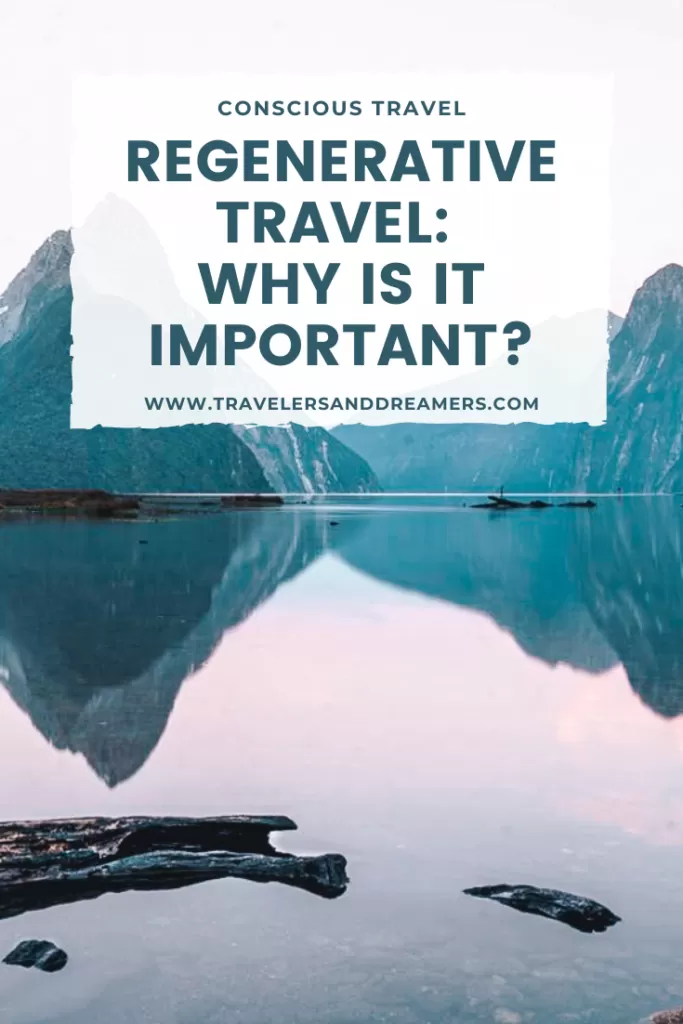

Hi! I am Annelies and this is Travelers & Dreamers, a blog about conscious travel which means traveling in a more mindful way, with a positive impact on the world and yourself!
On this website, I cover different topics like slow travel, plant-based food guides, responsible travel, sustainable packing, eco-travel, and more!
Latest Posts


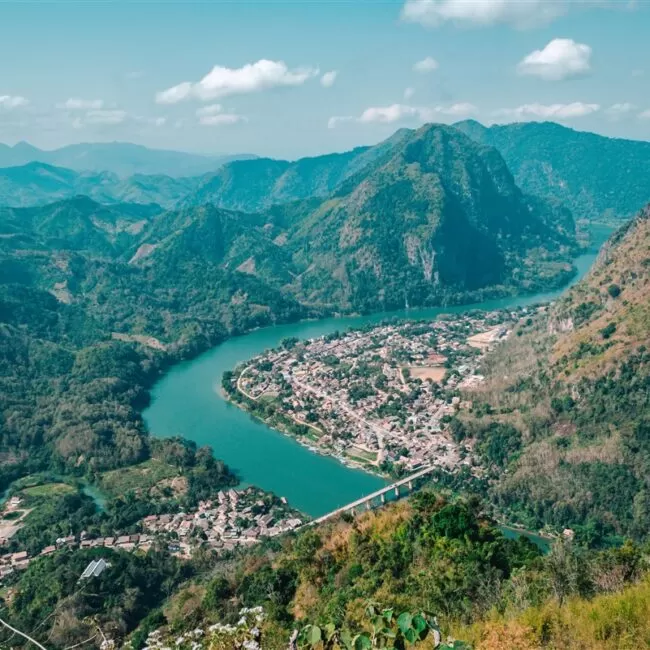
15 Best Things to Do in Nong Khiaw, Laos (2024)

Santa Rita, Salento: All You Need to Know
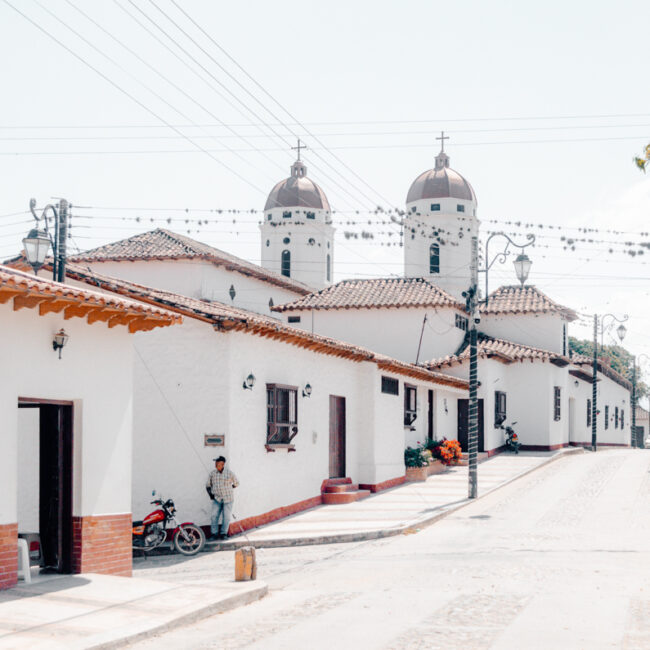
La Playa de Belen, Colombia: An Easy Travel guide!
Do you want to receive my latest finds on conscious and sustainable travel directly to your inbox? Subscribe here!
© COPYRIGHT TRAVELERS&DREAMERS, 2023.